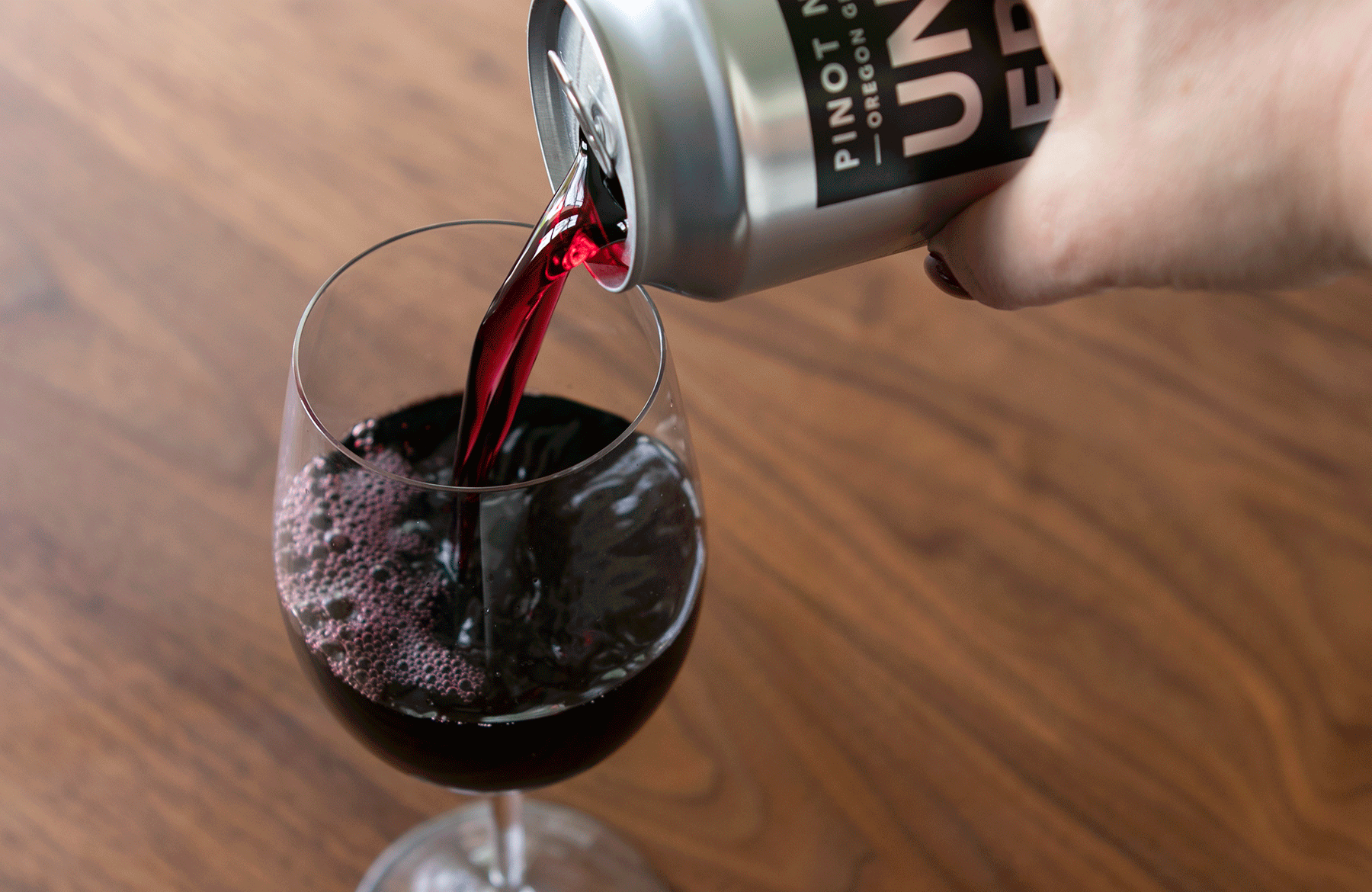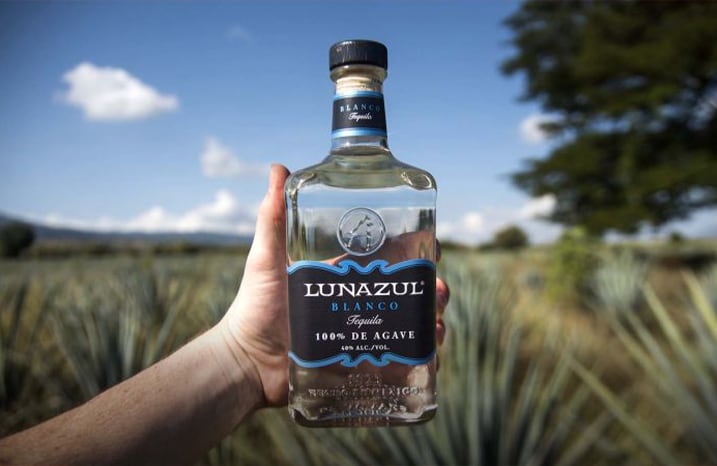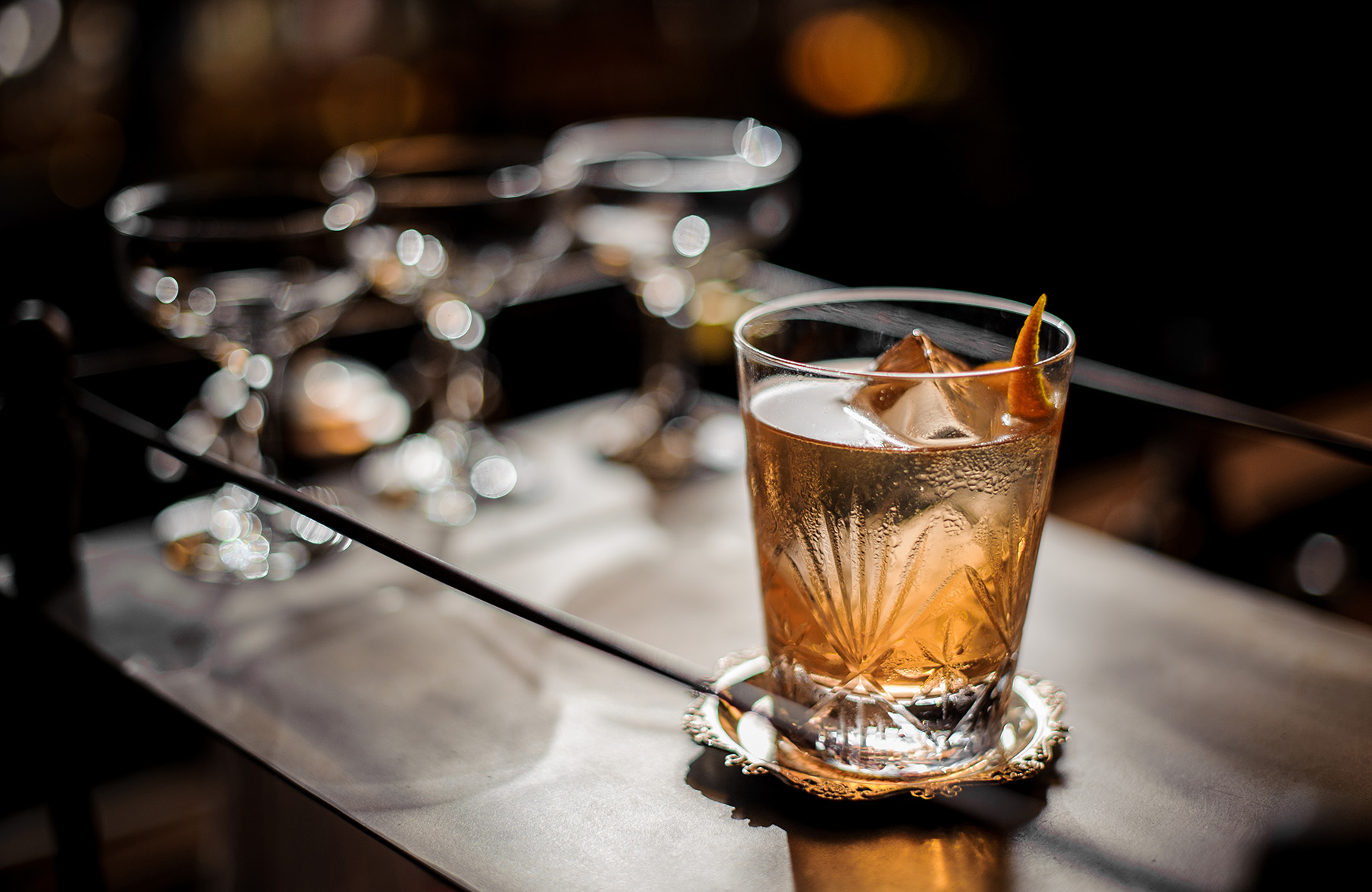Canned Wine is Repackaging the Way People Drink
April 24, 2019
For years, the industry has been discussing what it means to market wine to the much sought-after 21–35 age group. These young adults are drinking nearly 50% of the wine sold in the US, but are not spending in the same ways as their GenX and Boomer counterparts.
Some winemakers looking to make inroads with the younger audiences have realized: perhaps its not the product, but the packaging.
Enter canned wine. It’s portable and convenient, leveraging both size and price to its advantage. While wine in cans is not new, the latest Nielsen numbers indicate major traction over the last twelve months: they report a 69% growth in sales over last year, booming to a nearly $70 million dollar business. Compare that to 2012, when total sales equaled just $1.9 million.
Does this signal the end of the traditional glass bottle and natural cork? Of course not. But the trend does indicate that today’s wine consumers are interested and open to alternative packaging, and willing to assess quality on what’s inside the container. (If you’re hesitant, fear not. Canning does not impact a wine’s flavor. As the The Oxford Companion to Wine confirms, there is “no harmful effect on wine destined for early consumption.”)
Clearly, there’s a new opportunity for growth here, and it’s one the industry should be taking seriously.
Rebranding the Wine Experience
True, canned wine offers a different sentiment compared to candlelit dinners at home or the long wooden bars and cafe tables of the neighborhood wine bar.
That’s the whole idea. While cans will never be able to compete on romance, they offer their own benefit: large glass bottles are simply impractical for many occasions. They’re not only heavy, but breakable. Most need a dedicated utensil to remove the cork and require a separate glass for each person.
A pull-tab can does away with all of that…no corkscrew or cups necessary. They can be tossed in a backpack, opened without tools, and enjoyed anywhere, with glasses or without. Canned wine should not be seen as an alternative to the traditional experience, but a complement: it brings a new opportunity for consumers to enjoy wine outside of traditional settings. Wine now becomes part of the social experience in places it couldn’t go before: outdoor events, festivals, beach visits, camping, hiking, and backyard barbecues. Cans offer great appeal for active lifestyles: they’re extremely user-friendly with minimal hassle, and in the case of red wine, don’t need to be chilled.
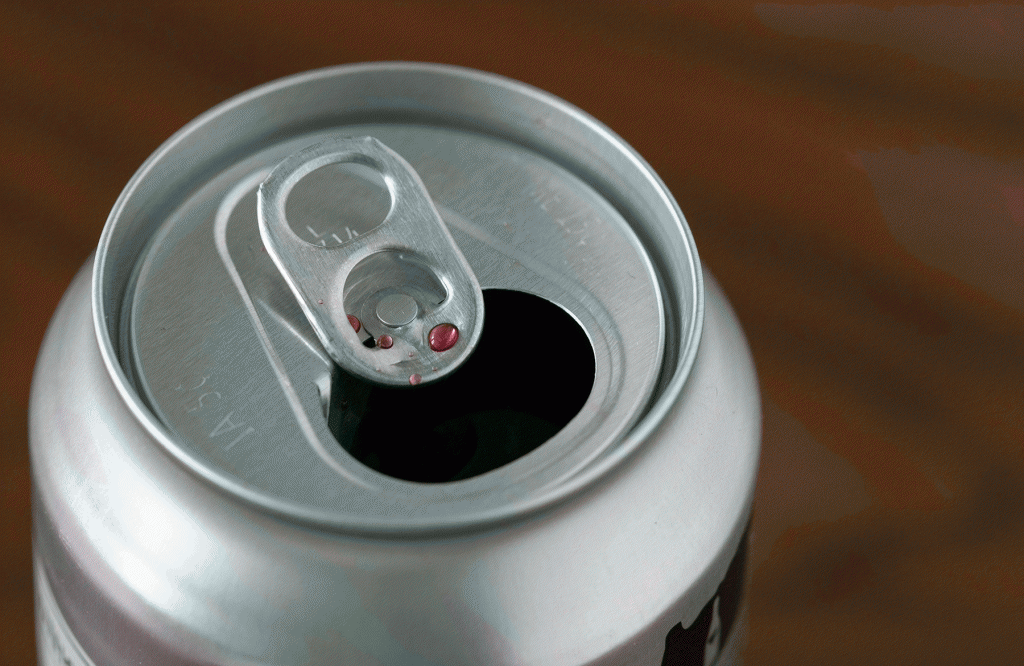
Cans Saves Money
There’s another business benefit to embracing the can: lowering the cost of production. Glass is much more expensive than aluminum, and the cost of cork continues to rise. Canning, over the long haul, is cheaper for producers. Oregon’s Union Wine Company, who started canning wine in 2013, saves a remarkable 40% on packaging compared to using glass bottles.
In many ways, canning mimics the last great debate in wine packaging. Ten or fifteen years ago, the industry was worked up over the validity of screw tops and synthetic vs. natural corks. While this still impacts the high-end market, many brands competing at the sub-$30 price point have left that battle behind in favor of profitability. The industry adapted for business reasons, and the consumer followed.
Per ounce, canned wine costs the same as bottled wine to ferment and age…it is, after all, the same product. But not only are glass bottles pricier to procure, they’re heavy. The weight drives up shipping costs and takes up more room to store. For brands who are canning, the portability is not just a benefit to the consumer, but to the winemaker’s bottom line.
Lowering the Barrier to Entry
If you’re sharing with a partner or table of four over dinner, a 750ml bottle of wine is perfect.
But the container size can limit the occasion. Properly stored, a bottle of wine can last for months, years, or decades. But once opened, the window of drinkability is rather short. The continuing question for many consumers is: do we really want to open the whole bottle, or should we save it?
Over the last few years, there has been a growing need for “sessionability.” Consumers are looking to enjoy a reasonable serving over a longer period of time. And we know that millennials, on the whole, are drinking fewer ounces of alcohol and enjoying it off-premise. The smaller portions of canned wine give consumers more control over how and when they drink. It makes wine less precious, and more of the everyday experience.
Lastly, alternative packaging offers a new appeal for home cooks. Recipes rarely call for an entire bottle, and buying one adds $10-20 to a meal’s cost. That can be limiting for most consumers, especially if the dish only requires a 1/2 cup. But a 250 or 375ml of high-quality wine solves the consumer’s need neatly, adding another opportunity for purchase by placing more dishes within reach for a weeknight meal.
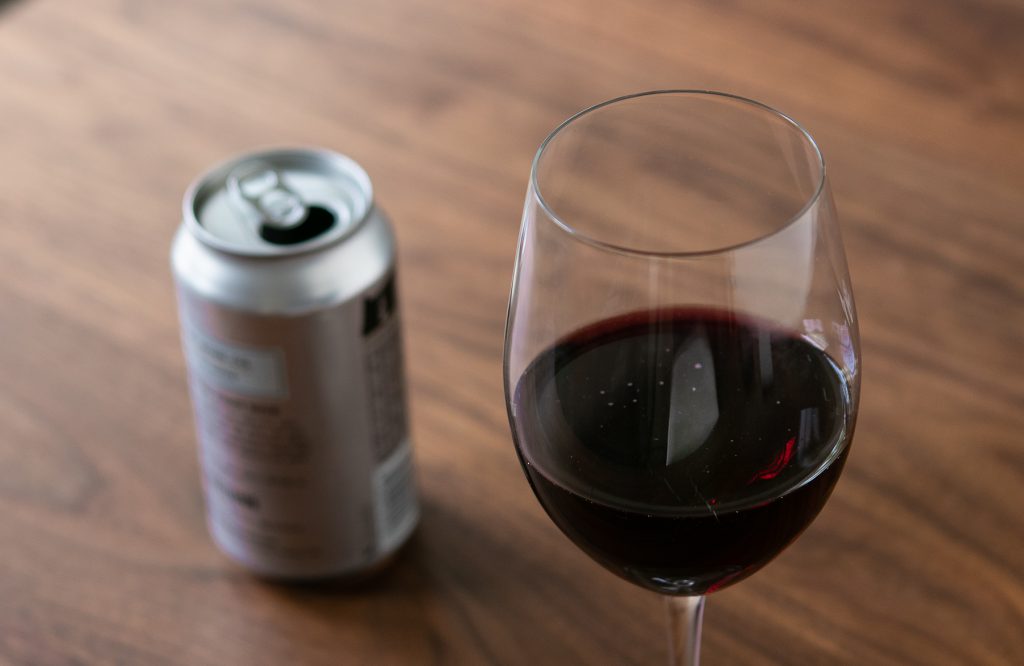
Great Wine, without the Fuss
Of course, brands need to be smart about how a can of wine is presented. With 12-15% alcohol content, a 375ml can of wine is not a single serving. Wineries will also need to figure out how to portray the convenience of sipping from the can versus pouring it into a glass. Does the image of imbibing directly from a can convey responsible consumption? And wine glasses do enhance the tasting experience, delivering aroma and flavor. How is that affected with a pull-tab?
But, on the whole, as the industry skews towards a younger generation, the need for alternative packaging will grow, and canned wine will become part of the new normal. Consider the trend in craft beer: many of the most sought-after breweries have done away with glass entirely, and the best beer now comes in cans. This is quite a different scenario compared to a decade ago. But the beer-drinking audiences adapted quickly, recognizing that canning helps their favorite breweries stay in business and bring them more of the products they love.
The same will be true for wineries. While the glass bottle will never go out of fashion, there will continue to be strong business reasons to open up the category to new demographics and lifestyle occasions. Because, as we can personally attest, enjoying a can of lake-chilled pinot gris to celebrate a hard hike is a rewarding experience, indeed.
